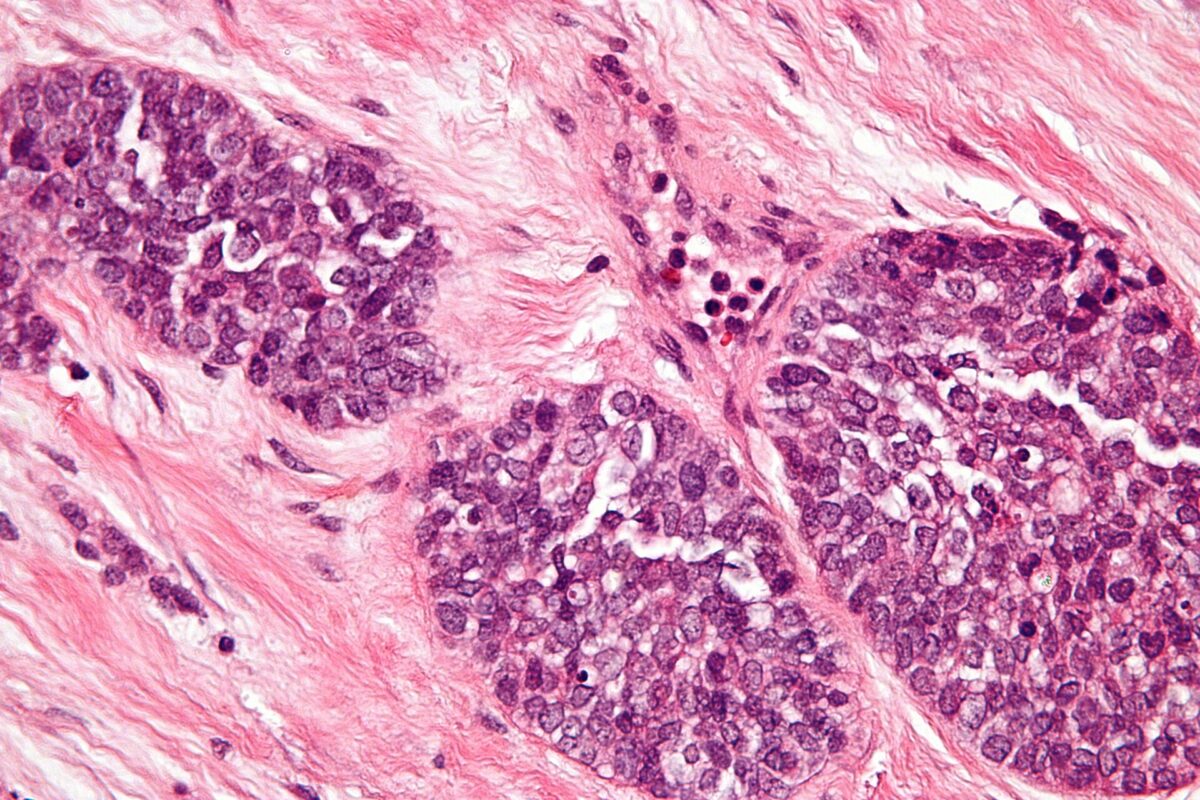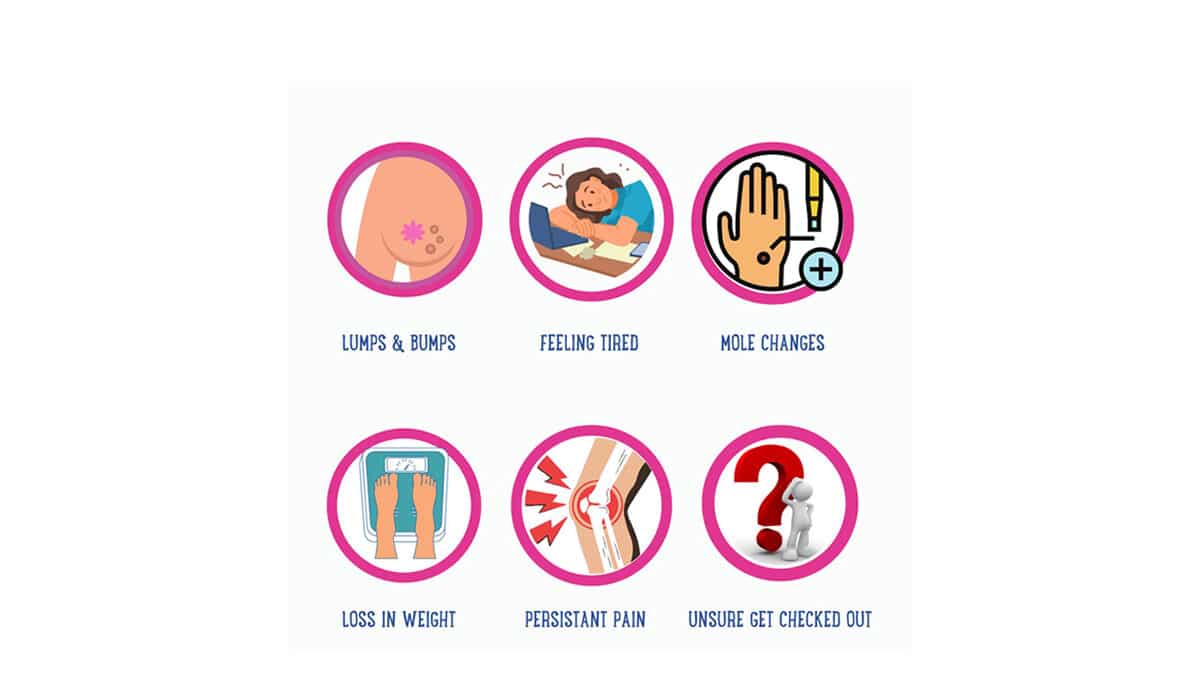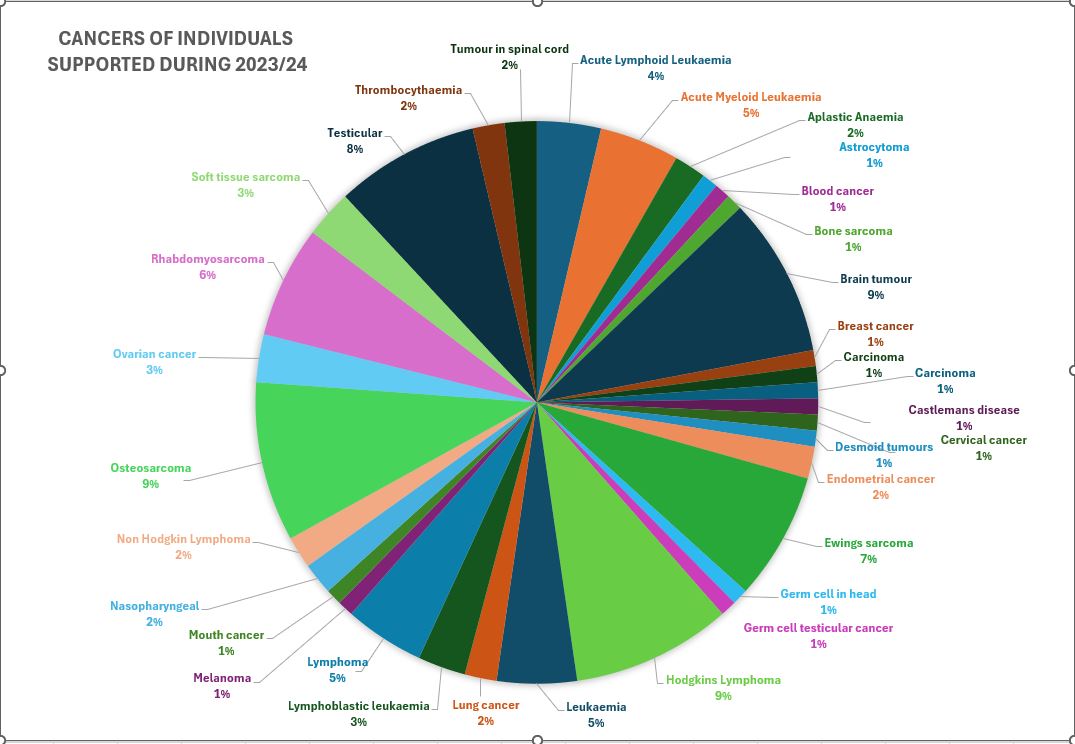
Teenage and Young Adult (TYA) Cancers
There are around 2,400 new cases of young people’s cancers each year in the UK, that’s more than 6 every day.
Teenage and Young Adult cancer incidence rates
- Cancer incidence in young people has increased by 24%, in the Uk since the early 1990’s
- In female young people in the UK, there are around 1200 new cancer cases every year
- In male young people in the UK, there are around 1,100 new cancer cases every year
- Among young people in the UK, cancer incidence rates are highest in those aged 20-24 (2016-2018)
- Since the early 1990’s, incidence rates for cancers in young people have increased by 24% in the UK. Rates in females have increased by more than 35%, and rates in males have increased by 14%
- Over the last 10 years, incidence rates for cancers in young people have remained stable in the UK. Rates in females have increased by around 13%, and rates in males have remained stable
- Other carcinomas and melanomas, lymphomas and germ cell tumours account for around two-thirds of all cancers diagnosed in young people in the UK.
- Other carcinomas and melanomas are the most commonly diagnosed types of cancer in young people
Teenage and Young Adult cancer survival
Survival from TYA cancer types is improving.
- 87% of TYA’s diagnosed with cancer in the UK now survive for at least five years.
- Survival for young people’s cancers has increased since the 1990’s in the UK
- In the 1990’s, around three-quarters of young people diagnosed with cancer survived beyond ten years, now it’s more than 8 in 10
- Throughout Europe, young people cancer survival is highest in Northern Europe, lowest in the Eastern region and survival for England is below average or Europe.
- Survival has increased for some diagnostic groups since the 1990’s, but by varying amounts and at different points in time. However, survival has not improved significantly for neuroblastomas, kidney tumours, liver tumours, or other and unspecified tumours in this period.

Teenage and Young Adult cancer deaths
There are around 250 cancer deaths in young people in the UK every year, that’s nearly 5 every week.
Cancer is the leading cause of death from disease in teenagers and young adults in the UK, accounting for 9% of all deaths in males and 15% of all deaths in females aged 15-24.
- Cancer in young people accounts for less than 1% of all cancer deaths in the UK (2017-2019)
- In female young people in the UK, there are around 110 cancer deaths every year (2017-2019).
- In male young people in the UK, there are around 140 cancer deaths every year (2017-2019).
- Leukaemia is the most common cause of young people’s cancer death.
- Since the early 1970s, mortality rates for cancers in young peoples have decreased by around three-fifths (61%) in the UK. Rates in females have decreased by around three-fifths (59%), and rates in males have decreased by almost two-thirds (63%) (2017-2019).
- Over the last decade, mortality rates for cancers in young people have decreased by around a quarter (24%) in the UK. Rates in females have remained stable, and rates in males have decreased by more than a quarter (28%) (2017-2019).
- Almost 12,000 cancer deaths in young people have been avoided since the 1970s in the UK.
Number of Individuals helped in 2023/24 Financial Year
During the 2023/24 financial year we supported 115 young people and their families through our Care Support grants. In most cases we are privy to hear of the types of cancer that individuals are diagnosed with. The below chart shows a break down of this awful disease and the most common cancers of those we have supported.

